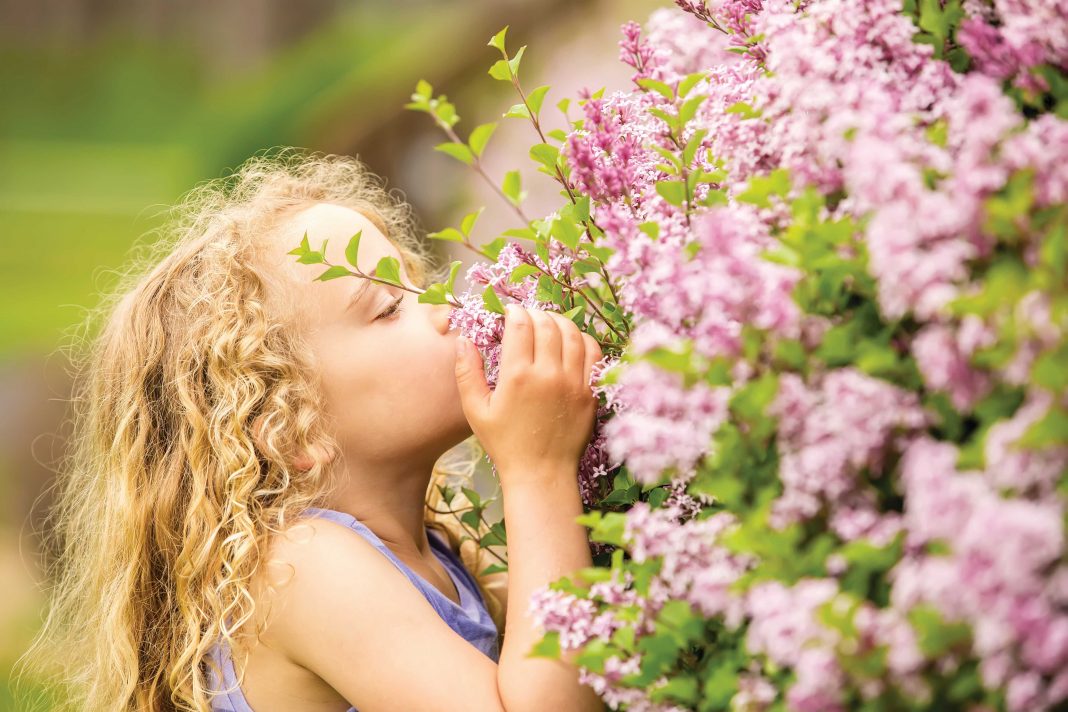When we wrap up winter, we mostly wrap up flu season, red noses and pesky coughs, but from the problems of the chilly months we head into spring and here comes the pollen! It’s prime allergy season, and helping children avoid the worst of its effects, such as cases of hives and eczema, is a top priority for parents and guardians. Here, we explore some of the best treatments and preventive measures that community pharmacy can recommend for kids.
Whether it be a case of hives or an eczema flare-up, it’s important for pharmacy workers to be across the best at-home remedies for such spring ailments, as well as the latest in innovation within the health sector to help in the care of kids in treating or preventing such bugbears.
When hives say hi
According to Children’s Health Queensland Hospital and Health Service (CHQHHS), with up to 20 per cent of people developing hives in the home in Australia, it’s important for health workers to understand the different treatment responsibilities and how to look for symptoms of hives.
The Royal Children’s Hospital Melbourne (RCHM) advises that signs and symptoms of hives include:
- Itching and stinging.
- Raised round wheals or welts that look like mosquito bites on the skin.
- Wheals in batches or clusters.
- Affected areas varying in size from very small to as large as a dinner plate.
It’s important to note that some children have an anaphylaxis reaction to hives, which requires that an ambulance be called immediately.
At-home remedies
Experts say hives can be managed safely at home, often without the need to consult a GP.
The RCHM advises that ways of helping to manage hives include:
- Avoiding known triggers for the child.
- Avoiding sun exposure, strong heat, hot showers and other potential rash-increasing conditions.
- Applying cool compresses, such as face washers, cloths or clean tea towels soaked in cool water, which can help relieve the itchy sensation.
- Using non-drowsy antihistamines.
From the pharmacy
Medications and products from a pharmacy can help if the hives increase. CHQHHS says second-generation antihistamines, such as desloratadine, cetirizine, loratadine and fexofenadine, can be given regularly if hives occur, but corticosteroids should be avoided as these constitute a much higher side-effect profile and no benefit.
Heading into eczema time
Eczema has many triggers, including heat, soaps, shampoos, chlorine, chemicals, fragrances, makeup, itchy material, and allergens such as dust mite, moulds, grasses, plant pollens and pets. So, it’s important to be knowledgeable about eczema treatments during spring.
An important factor, according to the federal Department of Health and Aged Care (‘Pregnancy Birth & Baby’), is that eczema looks different on babies, who usually experience a rash on their face and neck, which can weep and crust. Children more so have a dry rash that appears in the crease of the knees and elbows, and around the mouth, neck, wrists and ankles. From age 12, it can develop into something more severe and widespread.
Management
Parents and guardians can help prevent their kids from having eczema flare-ups by using techniques such as
- Using moisturisers between flare-ups and to keep the skin in good condition.
- Moisturising after showering.
- Avoiding any fragranced soaps and creams, as children with eczema are more susceptible to irritants.
When a child does have an eczema flare-up, however, the following suggestions can help minimise the damage:
- Seeing a doctor or pharmacist at the first sign of a flare-up.
- Keeping the child’s fingernails short to help avoid them scratching.
- Before treating with a steroid cream or ointment, seeking advice from a doctor or pharmacist is crucial.
- Visiting a doctor if a child’s eczema turns weepy or crusted.
References available on request
Published in Retail Pharmacy Assistants September







